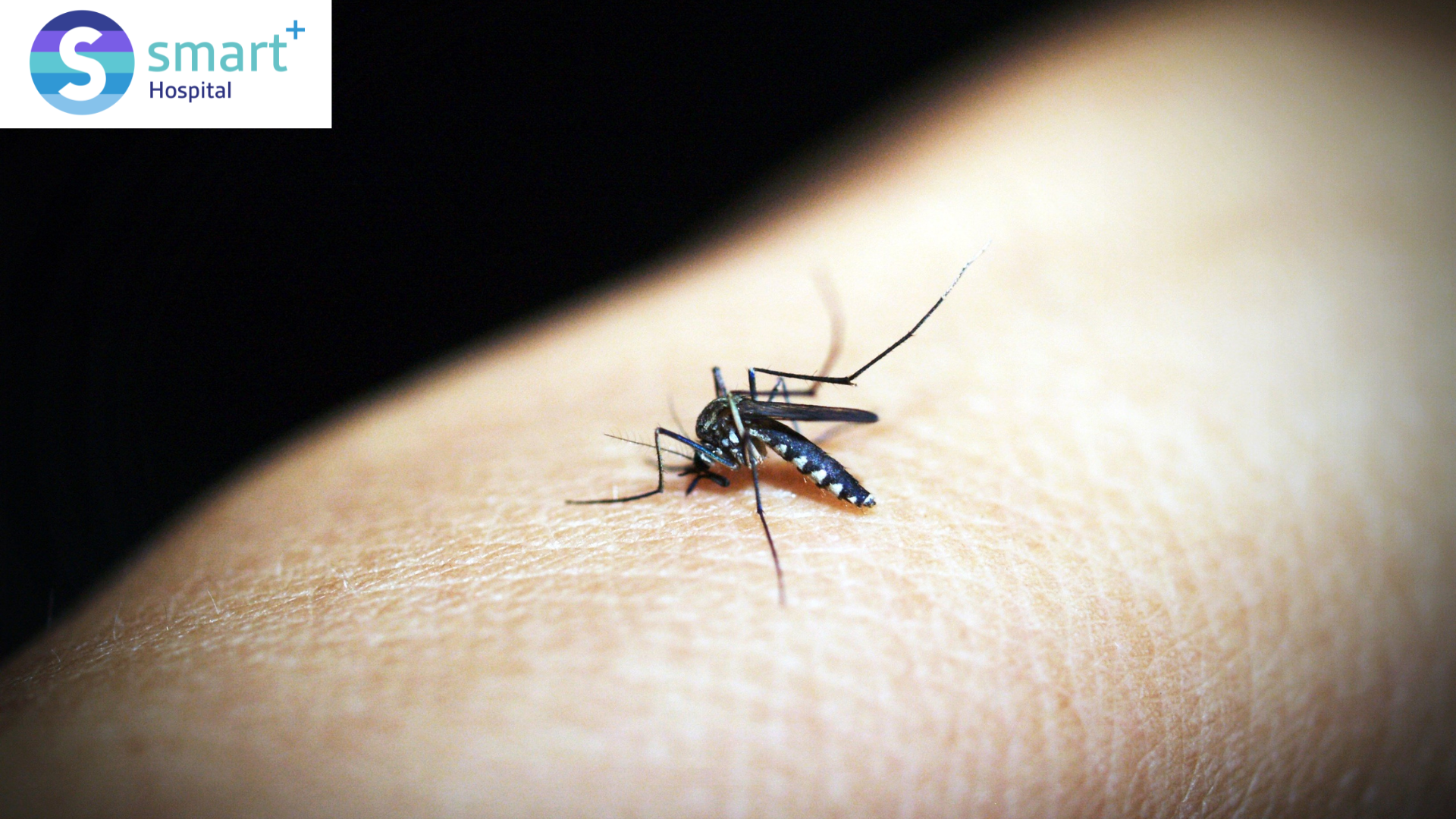If you’re planning on packing your bags for an international trip, there’s a crucial health consideration you must keep in mind: Malaria. Despite being a common disease in tropical and subtropical countries, it remains relatively misunderstood by many.
Malaria is a serious and sometimes life-threatening disease caused by parasites that are transmitted to humans through the bites of infected mosquitoes. This article aims to thoroughly understand malaria’s causes, symptoms, and prevention, empowering readers to make informed decisions about their health.
What is Malaria?
Malaria is a serious, sometimes fatal, disease caused by a parasite that commonly infects a certain type of mosquito, which feeds on humans. Four kinds of malaria parasites infect humans: Plasmodium falciparum, P. vivax, P. ovale, and P. malariae. Of these, P. falciparum is the most deadly, especially in Africa.
When an infected mosquito bites a human, the parasites multiply in the liver, infecting red blood cells. Even though the disease is preventable and treatable, an estimated 216 million cases occurred worldwide in 2016, resulting in 445,000 deaths. The majority of the affected are in sub-Saharan Africa.
What are the Causes of Malaria?
Understanding the causes of malaria is the first step to its prevention. The bites of infected female Anopheles mosquitoes cause malaria. When this mosquito bites you, the malaria parasites are released into your bloodstream, travelling to your liver and invading your red blood cells. Once inside these cells, the parasites multiply, causing the cells to burst open, leading to a series of flu-like symptoms.
It’s also worth noting that malaria is not contagious and cannot be contracted through casual contact. It is also not sexually transmitted. You can’t catch malaria from physical contact with someone who has it unless you get bitten by the same mosquito.
How to Recognise Symptoms of Malaria?
Malaria symptoms can vary, but they typically include:
- High fevers
- Shaking chills,
- Flu-like illness.
Other common symptoms include:
- Headaches,
- Vomiting,
- Muscle pain
- Fatigue.
- Severe malaria can cause yellow skin, seizures, coma, or death.
Symptoms usually begin ten to fifteen days after being bitten. If not properly treated, people may have recurrences of the disease months later. Some malaria parasites can enter the body but will be dormant for long periods of time. It is essential to seek medical help if you develop symptoms while living in or after travelling to a high-risk malaria region.
How to Treat Malaria?
Effective treatment of malaria involves several critical steps and should be initiated promptly. If you suspect you have malaria, it’s essential to seek medical attention immediately, as the disease can worsen rapidly.
The primary method of malaria treatment is through antimalarial drugs. The choice of medication and the length of treatment depend on the type of malaria, the severity of symptoms, the geographical location where the infection was acquired, and the patient’s age and pregnancy status.
There are different types of antimalarial drugs available, including:
- Chloroquine
This medication is often the treatment of choice for P. vivax and P. malariae infections. However, resistance makes it less effective against P. falciparum malaria.
- Artemisinin-based combination therapies (ACTs)
ACTs are the WHO-recommended first-line treatment for uncomplicated P. falciparum malaria. These drugs are effective and fast acting, reducing the likelihood of resistance.
- Atovaquone-proguanil (Malarone)
This medication can treat P. falciparum malaria in highly resistant areas to other drugs.
- Quinine along with doxycycline
Quinine sulfate and doxycycline or tetracycline are taken for 7 days to treat P. falciparum malaria.
These drugs should only be taken under a healthcare provider’s supervision to ensure appropriate dosing and to monitor for adverse reactions. Moreover, remember that while these treatments can be very effective, prevention is always the best strategy against malaria.
Malaria Prevention Strategies
Malaria can be a severe disease for travellers, but it’s preventable. The best approach to preventing malaria involves a combination of measures.
Awareness: Be aware of the risk of malaria in the country you are visiting. High-risk areas include large parts of Africa, Asia, and South America.
Anti-malaria medication: Visit your doctor or travel clinic at least a month before departure. They may prescribe you medication to prevent malaria based on your overall health, age, and resistance to certain types of medication.
Use of Insect Repellents and Mosquito Nets: Protect yourself from mosquito bites by using insect repellents and sleeping under a mosquito net, preferably one treated with insecticides.
Clothing: Wear long-sleeved shirts and trousers in the evenings and early mornings when mosquitoes are most active.
Remember, prevention is always better than cure. Taking these precautions seriously will ensure you return from your travels with souvenirs and memories, not malaria.
Final Thoughts
As we’ve seen, malaria is a significant global health risk, especially for travellers to certain parts of the world. However, with a thorough understanding of the causes, symptoms, and prevention of this disease, you can protect yourself and ensure your journey is safe and enjoyable.



